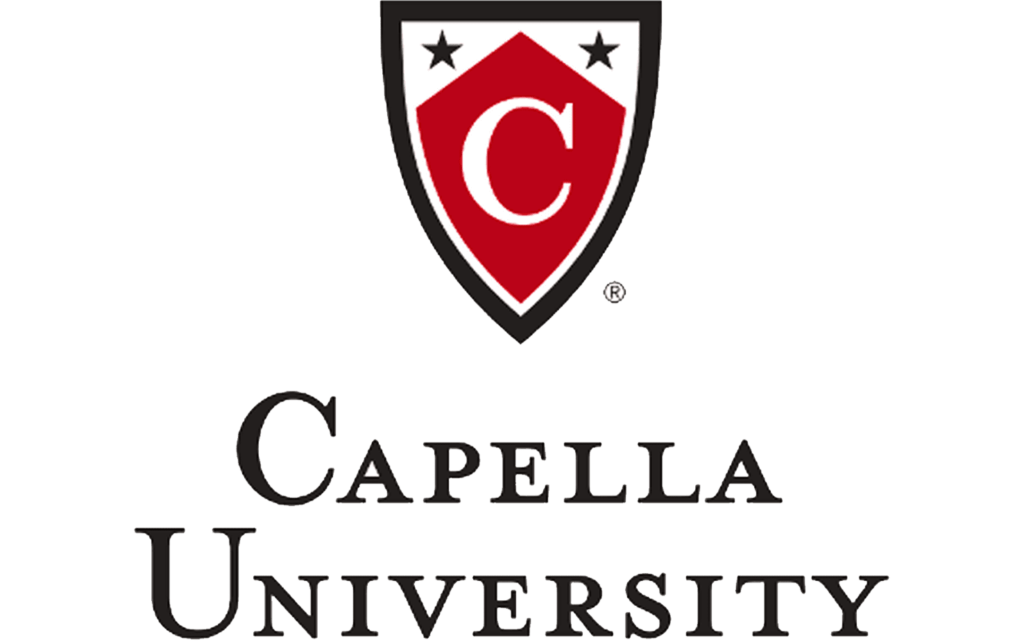Trusted by 1000+ Students from:






The Master of Science in Nursing (MSN) capstone is more than a final assignment—it’s a culmination of advanced coursework, clinical expertise, and leadership growth that demonstrates you are ready to translate evidence into practice. Yet turning an idea into a polished, data‑driven project while juggling shifts, family, and certification prep can feel overwhelming. That’s why DNP Capstone Project Help offers specialized MSN Capstone Project Writing Services designed to lighten your workload, sharpen your scholarship, and ensure you graduate on schedule.
Table of Contents
A Closer Look at Each Stage of the MSN Capstone Journey- MSN Capstone Project Writing Services
1. Problem Identification & PICOT Formation
The capstone begins with pinpointing a clinically significant problem—one that matters to patients, staff, and the broader health‑care system. Successful MSN candidates scan unit dashboards, quality reports, and national benchmarks (e.g., HHS Core Measures, Healthy People 2030) to spot gaps in care or performance. From there, they craft a PICOT question—Population, Intervention, Comparison, Outcome, and Time frame—that is specific enough to be researched yet broad enough to influence practice.
For example: “In postoperative orthopedic patients (P), how does scheduled acetaminophen plus cryotherapy (I) compared with PRN opioid analgesia alone (C) affect reported pain scores (O) within 24 hours of surgery (T)?” A well‑built PICOT aligns the project with organizational priorities, secures stakeholder buy‑in, and sets clear parameters for measurement.
2. Literature Review & Evidence Synthesis
With the question in hand, students embark on a systematic literature search—mining databases like CINAHL, PubMed, and Cochrane for the highest‑level evidence. Each article is critically appraised using tools such as CASP, JBI, or the Johns Hopkins Evidence Level & Quality Guide, with attention to sample size, methodology, bias, and applicability. Findings are tabulated in an evidence matrix, then synthesized into themes (e.g., efficacy of multimodal pain control, patient satisfaction, opioid‑sparing benefits). This rigorous synthesis justifies the proposed intervention, reveals best practices, and uncovers gaps the capstone can address.
3. Project Design
Next, the student matches the project’s aims with an appropriate framework. A quality‑improvement focus might leverage PDSA (Plan‑Do‑Study‑Act) cycles for rapid testing, while an evidence‑translation effort could adopt the Johns Hopkins EBP Model or Iowa Model of Evidence‑Based Practice. The design phase maps out setting, inclusion criteria, intervention steps, staffing roles, resources, and a realistic timeline (often 8–12 weeks). A micro‑budget details costs for supplies, staff education, and data management—vital for administrative approval and sustainability.
4. Implementation & Evaluation Plan
Implementation success hinges on thoughtful logistics and robust evaluation. Students develop staff‑education modules, communication plans, and contingency strategies to mitigate barriers such as resistance to change or staffing constraints. They then select outcome measures (e.g., pain scores, length of stay, HCAHPS), process measures (e.g., percentage of patients receiving the full intervention), and balancing measures (e.g., incidence of medication side effects). Validated data‑collection tools—chart audits, surveys, direct observation—are paired with basic statistical tests (chi‑square, t‑test, run charts) to analyze pre‑ and post‑intervention data. Ethical integrity is ensured through IRB consultation, patient privacy safeguards, and adherence to institutional policies.
5. Scholarly Paper & Presentation
The capstone culminates in a comprehensive 25–40‑page APA‑formatted paper that mirrors a publishable manuscript: introduction, literature review, methods, results, discussion, limitations, and recommendations. Precision in grammar, citation, and figure/table formatting demonstrates scholarly rigor. Students also craft a professional slide deck (10–15 minutes) summarizing the problem, intervention, outcomes, and implications for practice. This oral defense, delivered to faculty and key stakeholders, not only secures academic credit but also positions the student as a change agent ready to champion evidence‑based improvements on the unit and beyond.
Mastering each of these stages transforms a capstone from a graduation requirement into a tangible contribution to nursing excellence—one that DNP Capstone Project Help is uniquely positioned to support from concept to final presentation.
Did you enjoy our articles?
Click the order button below to get a high-quality paper.
You can talk to the writer using our messaging system and keep track of how your assignment is going.
Order NowFAQs — MSN Capstone Project Writing Services
What types of MSN capstone projects do you support?
We assist with quality‑improvement initiatives, evidence‑based practice projects, educational program designs, policy analyses, and clinical practice change proposals—covering all common MSN tracks, including leadership, education, informatics, and advanced clinical specialties.
Will the work be original and compliant with my school’s plagiarism policy?
Absolutely. Every document is created from scratch by an MSN‑ or DNP‑prepared writer, then screened with industry‑standard similarity software. You also receive a free plagiarism report to submit with your assignment if required.
Can you help if I’m only stuck on one section, like the literature review or data‑analysis plan?
Yes. Our services are fully modular: choose a single‑section boost (e.g., PICOT refinement, annotated bibliography, methodology write‑up) or opt for end‑to‑end support that spans topic selection through final slide‑deck design.
How do you protect patient data and comply with HIPAA when reviewing my clinical information?
We use encrypted file‑transfer and storage, require de‑identification of all patient‑level data, and follow strict privacy protocols. All writers sign confidentiality agreements, ensuring your clinical site and patient information remain secure.
What is the typical turnaround time, and do you handle rush requests?
Standard projects (full paper plus presentation) average 10–14 days, including two rounds of revisions. For urgent deadlines, we offer accelerated options—as fast as 72 hours for single sections—subject to writer availability and project complexity.


